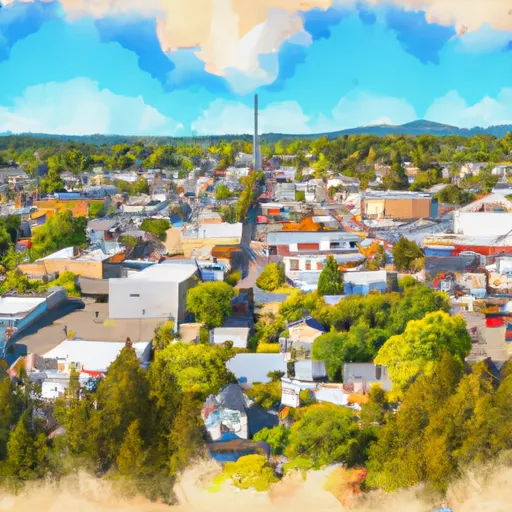°F
°F
mph
Windspeed
%
Humidity











Toledo, Oregon is a charming city located in Lincoln County with an approximate population of 3,600 residents. The climate in Toledo is mild and temperate, influenced by its proximity to the Pacific Ocean. Summers are typically warm with temperatures ranging from the mid-70s°F (mid-20s°C) to the low 80s°F (high 20s°C), while winters are cool with temperatures ranging from the mid-40s°F (low 10s°C) to the mid-50s°F (low 10s°C).
Toledo is situated along the Yaquina River and is surrounded by the beautiful natural landscapes of the Pacific Northwest. The area is known for its abundant hydrology constituents, including rivers, streams, and lush forests, creating an ideal environment for outdoor enthusiasts. Fishing is a popular activity, with opportunities to catch salmon, steelhead, and trout. Canoeing and kayaking are also favorite pastimes, allowing visitors to explore the scenic waterways.
In addition to water-based activities, Toledo offers various outdoor recreational opportunities. The nearby Siuslaw National Forest provides hiking trails, camping sites, and wildlife viewing. The city itself boasts parks and recreational facilities, including tennis courts, basketball courts, and open spaces for picnicking. Outdoor enthusiasts will find Toledo, Oregon to be a perfect destination to enjoy nature and engage in a range of activities amidst its picturesque surroundings.
Weather Forecast
Toledo receives approximately 1908mm of rain per year, with humidity levels near 72% and air temperatures averaging around 11°C. Toledo has a plant hardyness factor of 9, meaning plants and agriculture in this region tend to thrive here all year round.
Regional Streamflow Levels
2,990
Cubic Feet Per Second
5,000
Cubic Feet Per Second
47
Cubic Feet Per Second
4,150
Cubic Feet Per Second
Nearby Camping
| Camping Area | Reservations | Toilets | Showers |
|---|---|---|---|
| Devils Lake State Park | |||
| Port Of Newport Marina and RV Park | |||
| South Beach State Park | |||
| Cape Perpetua | |||
| Tillicum Beach | |||
| Beachside State Rec Area |



